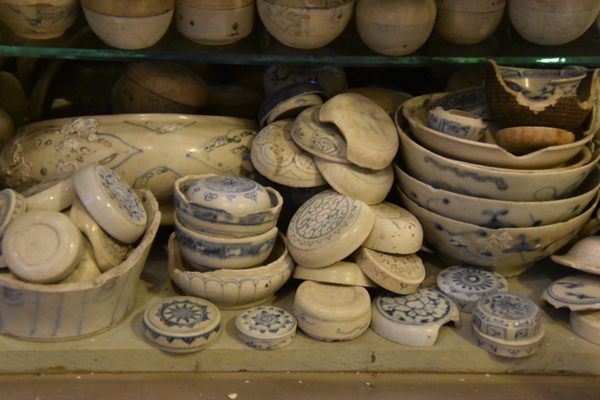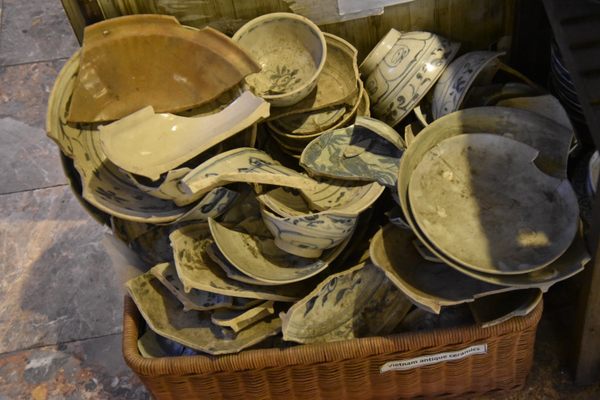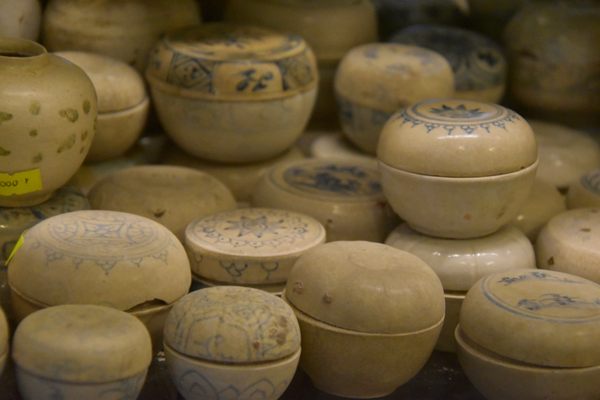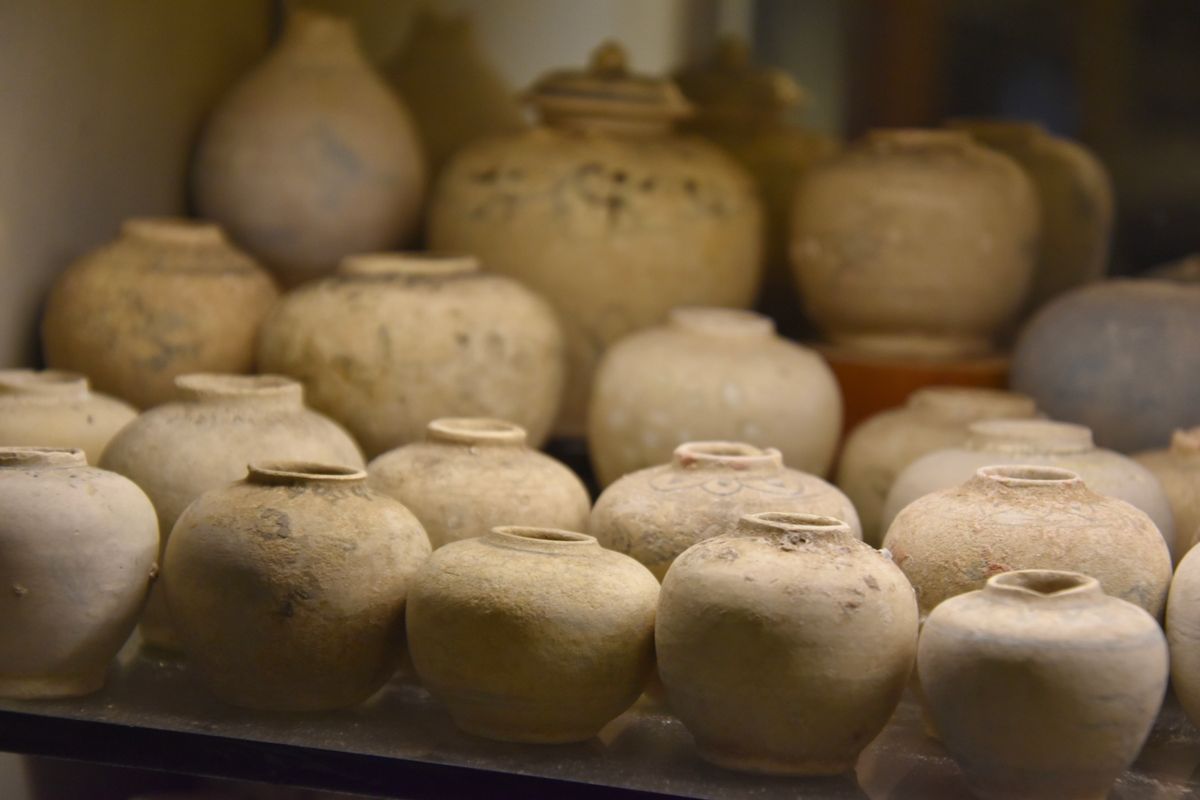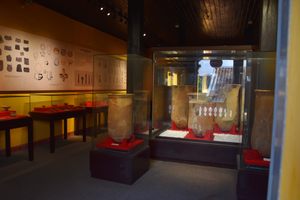About
Generally speaking, antique shops around popular tourist attractions are best to approach with caution. Fakes are quite prevalent in those places, poorly made and artificially aged, and not only that, far more expensive than they should be. When it comes to ancient ceramics in Hội An, Vietnam, however, you may rest assured that you're in good hands. Not only are they genuine pieces of 15th-century China, but they also come with an intriguing provenance.
Located a little off the bustling streets of Hoi An Ancient Town, Nam Trân is a small family-run shop that offers a wide array of antique ceramics, particularly those recovered from a local shipwreck, which still lies about 25 miles off the coast.
Discovered by local fishermen in the early 1990s, the so-called Hoi An Shipwreck is believed to date to the mid-to-late-15th century and was carrying a huge cargo of Vietnamese ceramics when it sank to the bottom of the South China Sea. It soon fell prey to much looting, with the artifacts appearing in markets around the world. The authorities had to act quick to excavate the wreck.
In 1996, the National History Museum of Vietnam and York Archaeological Trust teamed up to excavate the site, collecting a third of a million pieces of pottery and ceramicware. After distributing the best of the artifacts among six museums across Vietnam, the remaining 90 percent of the ceramics were sold off at a Butterfield auction in San Francisco, circulating into the hands of collectors and partially funding the Vietnamese authorities.
Because of the abundance, the Hoi An shipwreck ceramics are less likely to be reproduced and often available at an affordable price. At Nam Trân, there are plenty of perfume boxes, jars, and dishes for sale, many starting around 15 USD. In fact, there are even more pieces from the shipwreck here than you'd see at the nearby Museum of Trade Ceramics.
A majority of them are imperfect, of course—often faded, chipped, or broken in half; encrustation is common and most lids don't match. But the blue glaze has survived, more or less, decorating the wares with flower motifs. It's a once-in-a-blue-moon opportunity to get your hands on centuries-old ceramics from a shipwreck, and the owners will gladly help you select your souvenirs.
Related Tags
Flavors of Vietnam: Fish Sauce, Pho & Royal Tea
Eating your way from North to South in Vietnam.
Book NowCommunity Contributors
Added By
Published
June 9, 2023

